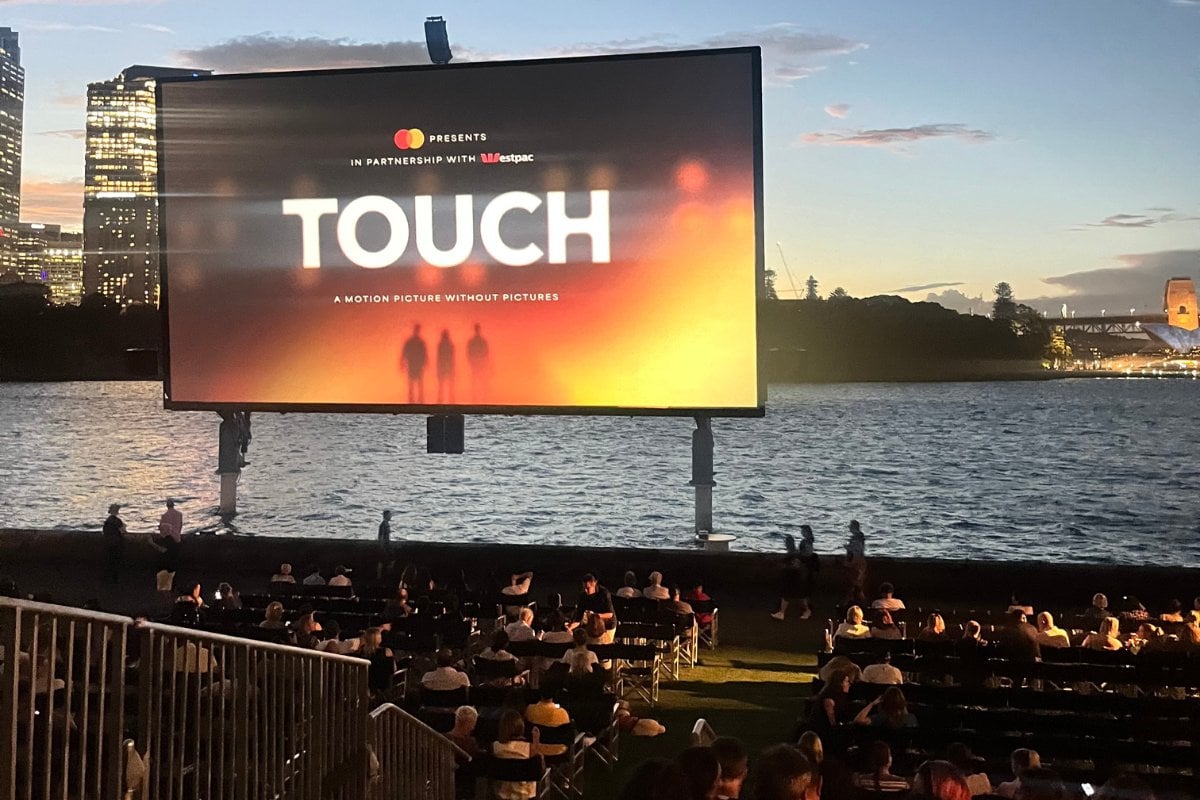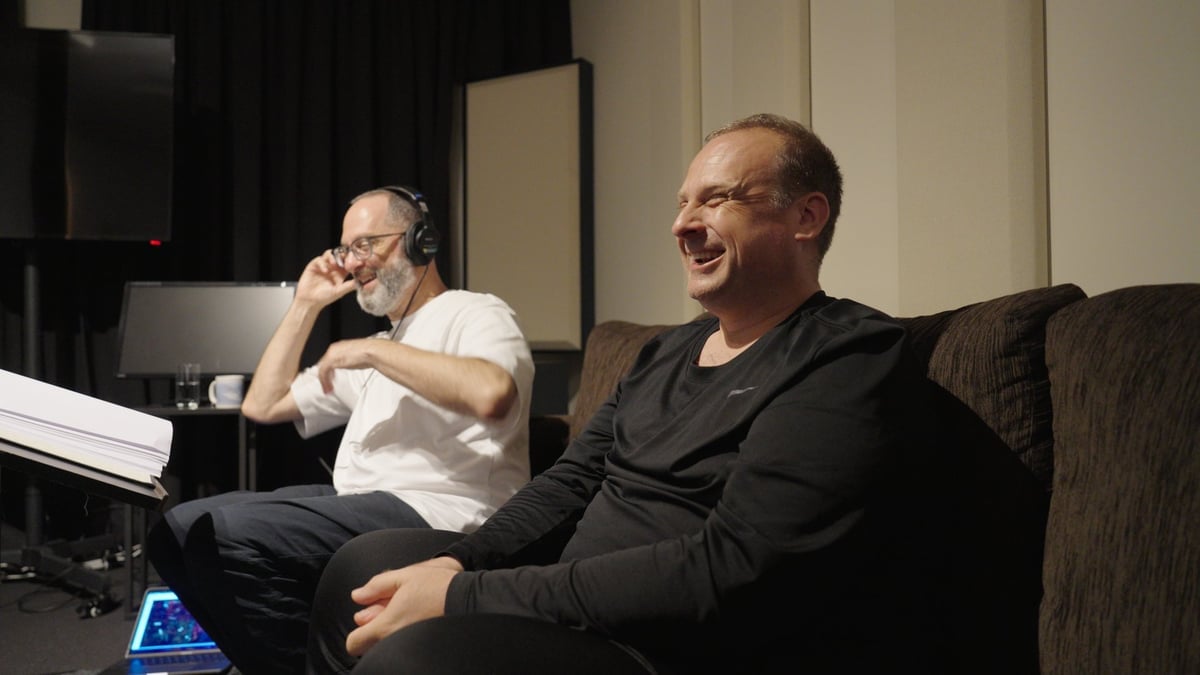
Recently I enjoyed a movie unlike any other.
I didn't necessarily 'watch' or 'see' the movie like usual, though it was undoubtedly the best film I had ever heard.
Using only the power of sound, Touch is a 'pictureless film' designed to be enjoyed by all, however, it was specifically created to allow people who are blind or have low vision to be able to participate in the cinema experience.
Now you might be thinking, is Touch just a long-feature podcast? Technically, it is purely audio and there are no visuals. But let me tell you, it's the best audio experience I've ever had, and it certainly felt like more than just a podcast.
Watch: The director and director attachment of Touch speak about the film. Post continues below.
Research from YouGov found that 32 per cent of Aussies who are blind or low-vision experience barriers that stop them from watching and listening to movies.
And nearly two in three do not feel represented in films, movies, and TV shows.
Touch was conceived by Mastercard in partnership with the Australian bank Westpac. The film relies on sound, music, carefully crafted dialogue and expressive actors to tell the story of a scientist trapped deep inside his father's brain after a lab experiment gone awry.
